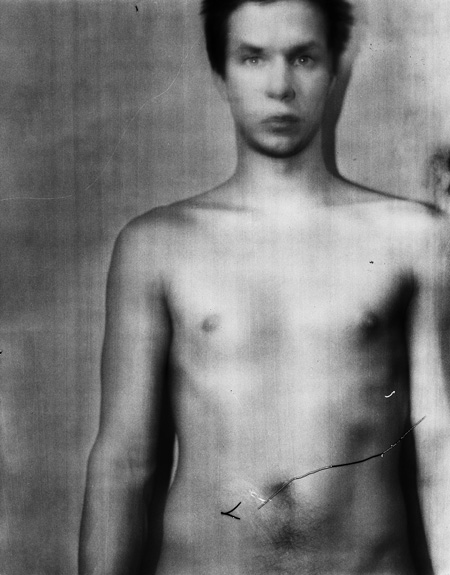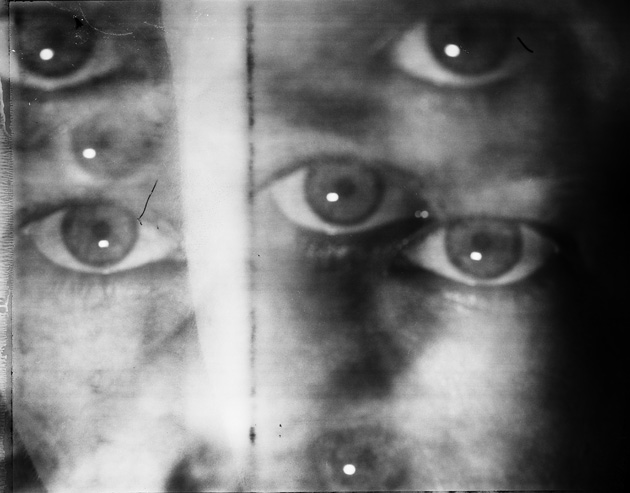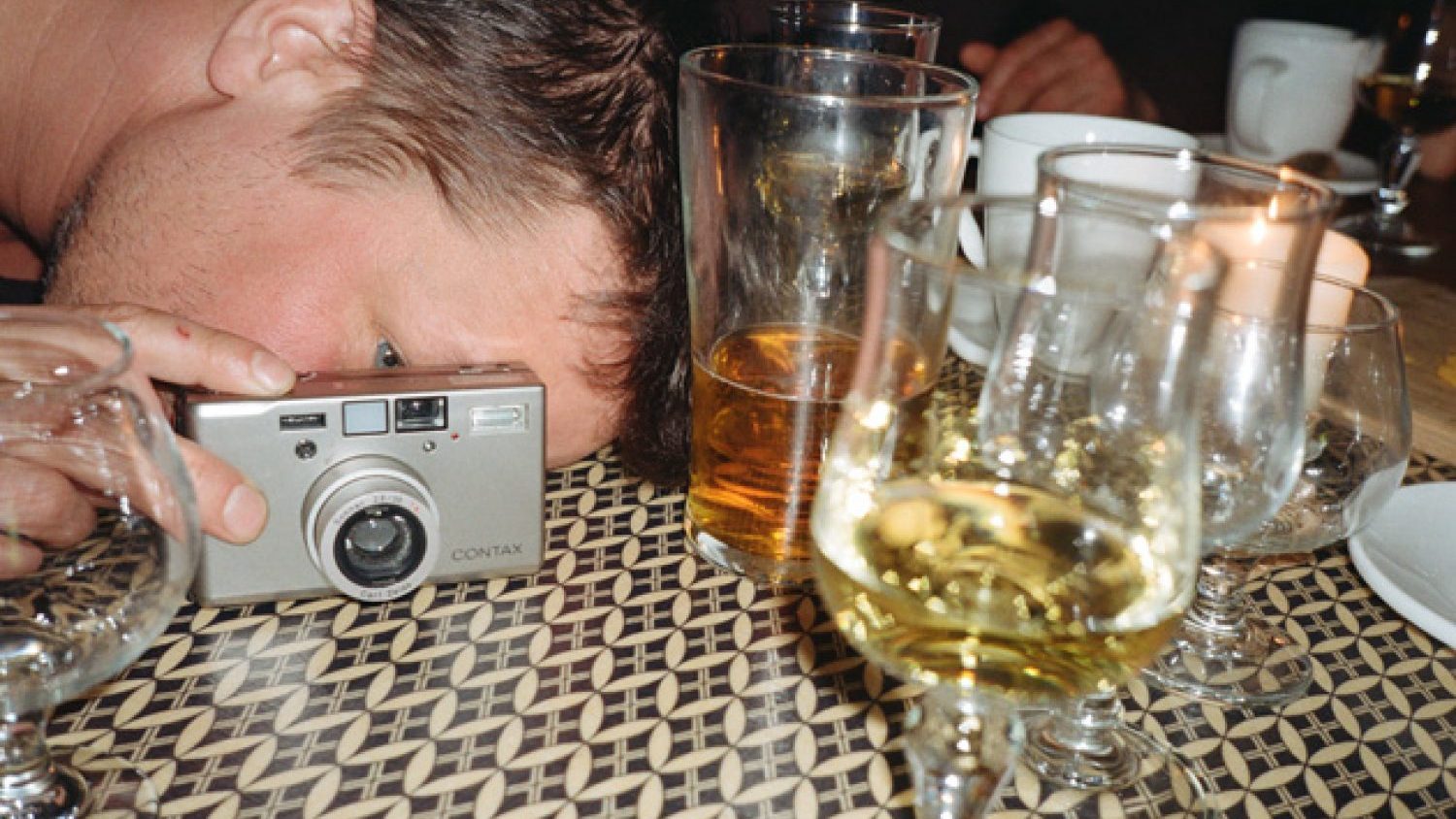Interview with JH Engström
Swedish photographer JH Engström is an internationally acclaimed photographer due to his autobiographical images made in the snapshot aesthetics and often arranged in collages. His works have been exhibited in numerous museums and published in more than ten photobooks. In 2014 and 2015 Engström curated the Landskrona festival in Sweden, but this year he has been involved in the Riga Photomonth festival as co-curator of the exhibition Territories that is now on view at the Railway Museum in Riga. Also, his self-portraits from the series Trying to Dance will be exhibited in his solo show JHE at the Latvian Museum of Photography from 19 May until 26 June.
How do you feel about the fact that Riga Photomonth and the main exhibition focus on photography from Nordic, Baltic and East European countries?
Normally I don’t like such exclusion based on geography, but in this case it’s interesting, because previously there have not been any exhibitions or festivals concentrating on this part of Europe. It’s exciting to see what it looks like when you ask people in this region to show what they do. It’s more like a question, an exploration. I am not the one to say it looks like this because a photographer is from the North, or it looks like this because she or he is from Russia. The most important thing is to see the outcome when works are hung, but until then it’s just an idea and I don’t know how to define how it looks or what it is. What do you think?
There’s something similar in the work of all seven authors. But if I spoke in stereotypes, I would say that photography from the North is more romantic, esoteric, dealing with nature and psychological issues, while, on the other end, Russian photography is more direct, rough, and deals with social issues. And then Baltic photography lies somewhere between these two approaches.
I don’t think we should generalize. You could be living in Norway with a special experience, that would make your language as rough as Russian. The difference lies in the experiences that all these countries have had, especially in the last 50 years. I had to explain to my kids yesterday that Sweden hasn’t been at war for over 200 years. But almost all countries around Sweden have had a war 70 years ago, and on top of that it’s been much more turbulent in Eastern Europe not just 25 years ago, but even in the past few years, especially in Ukraine and Russia. It’s a different collective memory and traces of it are present in everyday life. For me it’s more interesting to ask if it can be seen in a photographers’ work. I am not sure we can see that much in the exhibition. Maybe it is in the energy and the work has resulted from that.
I agree. The works are not politically charged in a direct way, but we can clearly see the social contexts in these works, for example, in the photographs of Igor Samolet, who focuses on youth subculture. The environment, behaviors and culture very much belong to the specific area.
One thing we can say for sure is that the history is different, but I would not say that the language is different. It’s not our task to have a say in that. Just choosing this region to highlight is quite a statement in its own and it’s up to the viewers to ask those questions themselves.
What do you think about the prejudice that all East European photography feeds from the legacy of the Soviet Union? And when it does not, it is overseen.
I think all art is marked by where it is done and the legacy of the country. If you look at paintings from Russia, they look different than paintings from Spain. At the same time, I think photography is kidnapped by themes, subjects and expectations to deal with certain issues. Of course, it comes from the history of photography but it’s a good question why it is still like that. It seems that photography is not as free as other forms of art.

Do we have any borders? Where are the borders?
Of course, there are state borders that have been negotiated, but it’s also one of the central questions in photography – where is the border and what is the border? Is there a border between a male and a female, between a child and an adult, between two lovers, or can that border be wiped out? I am not a philosopher, but those questions are part of all communication and both inclusion and exclusion are linked to the question of borders.
When it comes to your work, what are the main questions you ask yourself?
I question myself a lot. My perception. Is there a border between the inner and the outer reality? That’s a good question that I deal with all the time. And there’s no answer to that, but I guess a lot of people whose work deals with expressing themselves struggle with that question. And as soon as we start talking we have put up a border.
It seems that you don’t have a border between taking pictures intentionally and spontaneously.
Sometimes I plan in the evening that I will take photographs next morning and I do. But it could be that I photograph on the basis of a mere instinct and intuition. For me, all methods are valid. Some people say that one or the other method is better, but I believe in every way – when the result speaks to me, it’s ok.
When was the last time you took a photo?
I took some pictures of my kids, probably two days ago.
Can you reveal your methods when it comes to editing?
I can’t, just that I need to have a lot of time to live with the images in order to feel what the images mean to me.

Do you feel that getting older also means that knowledge and consciousness take over the naivety and spontaneity? Does aging affect the way you take photos?
Maybe I am quite good at fooling myself that I can still get excited to the point where I am naïve and I don’t care. The big fear is when that baggage of knowledge becomes too heavy and crushes the naivety and intuition, since they are very fragile. When that day comes, and I won’t be the first one to have it, I will have to deal with that.
Do you feel that the language of photography has changed over the past years, especially with the in4uence of social media? Our ability to read images has also changed.
Yes, reading nowadays is more abstract. But I am not going to say what state photography is in now. Who knows! It is interesting to follow the changes, but for me the most important thing is to see the things that touch me and I don’t care which platform is used: the internet, a film or a book. Of course, there will be conferences and seminars, but I am not going to be part of it, it’s not something that eats me.
Has technology and social media changed your own practice?
Not my photography. Of course, I use the internet to show the things that I have done. However, I am not using the internet as an exhibition platform, but who knows, maybe one day I will. It doesn’t matter how innovative and modern you are, the most important thing is what you have to say. I am more preoccupied with the problem of expressing myself as opposed to where to express myself. It’s a huge change in the way we communicate with everything, not just with the images. However, whatever we say now about the internet will sound stupid and old-fashioned in five years.



